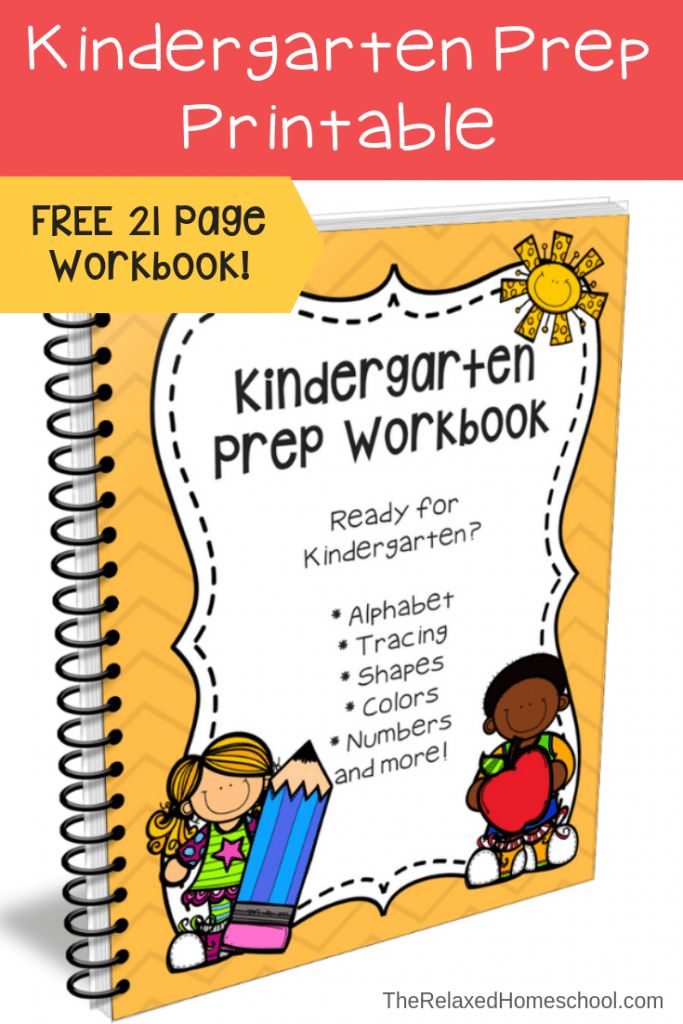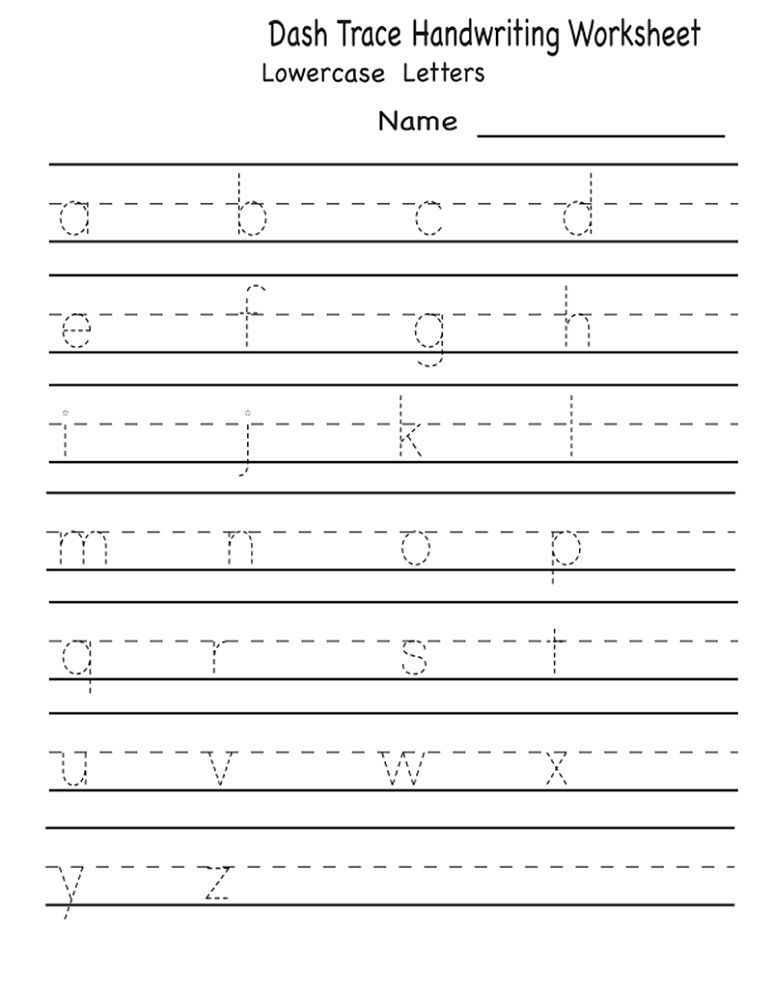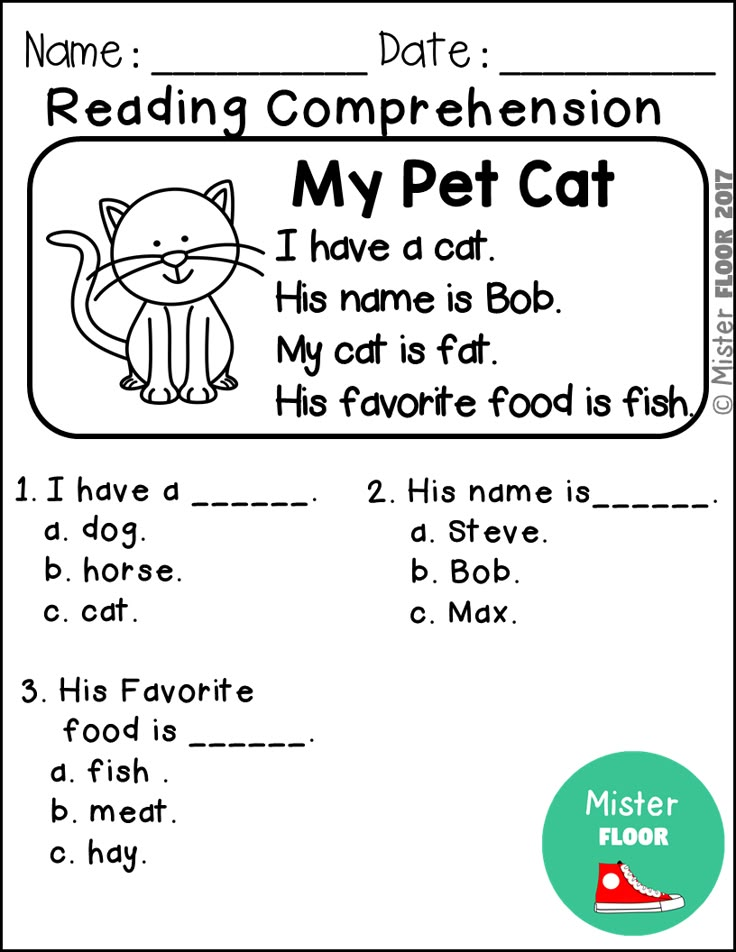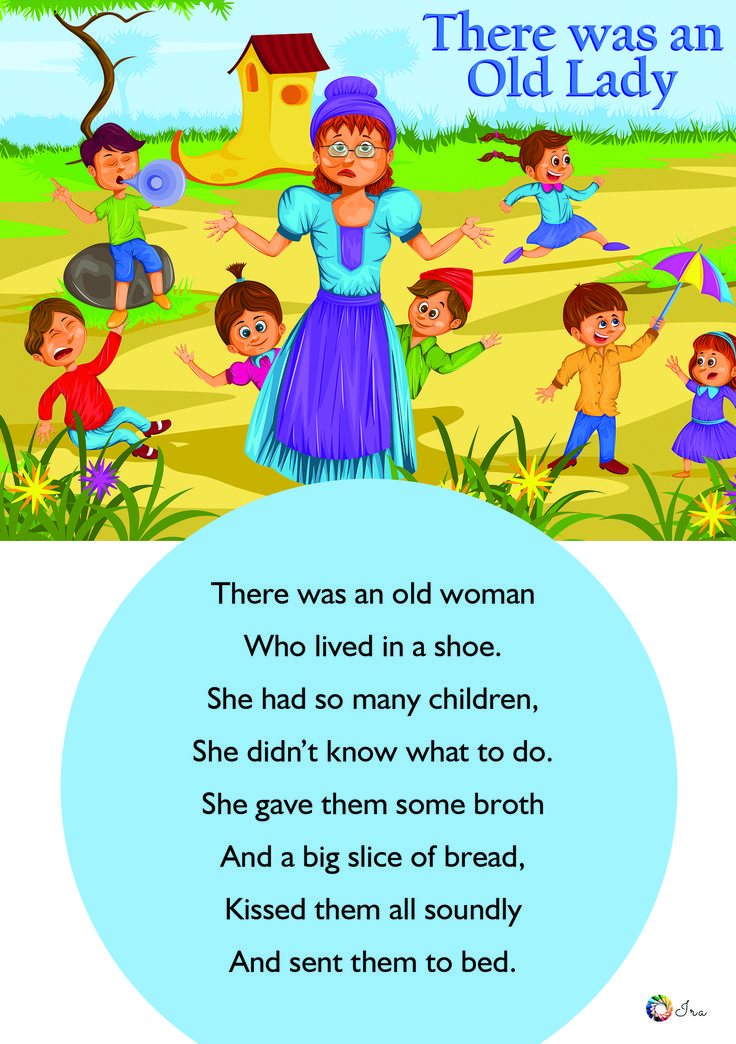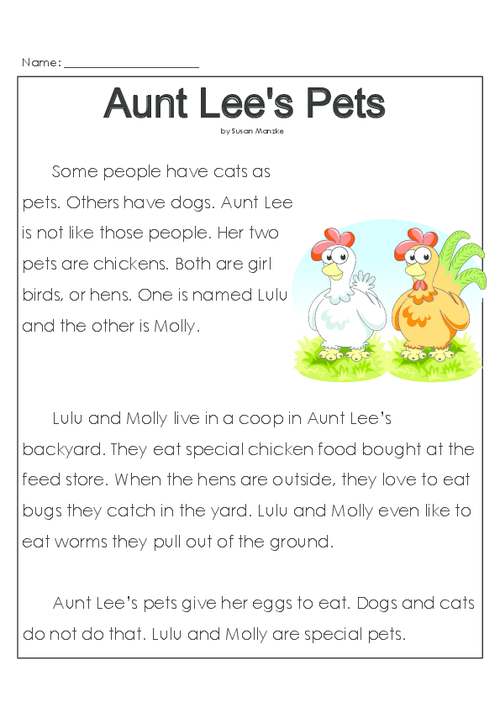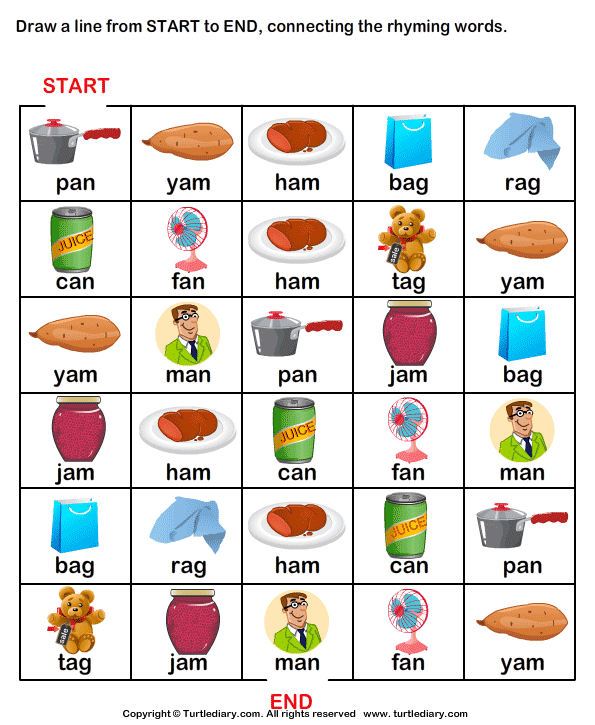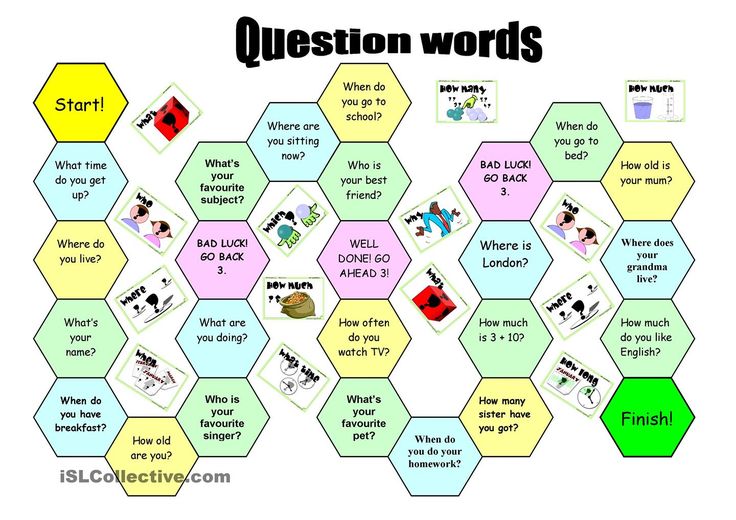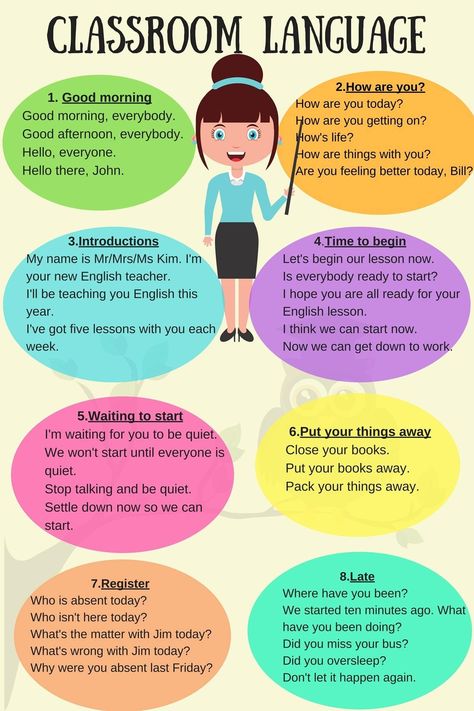Readiness for reading
Top Skills For Kids To Master
Every day you watch your child get a little bit more capable and a little bit more interested in exploring reading. But you may find yourself wondering whether or not it’s the “right” time to begin working on reading readiness.
We’re here to explain what reading readiness is and let you know what to look for and how you can help your child get excited about their reading journey!
What Is Reading Readiness?
Reading readiness is defined by two unique parts.
First, reading readiness refers to the stage of development when your child is ready to begin learning how to read. This stage will come at different times for different kids.
Your child may be ready to learn to read by age four or five. It’s just as likely that they’ll take a bit longer and feel ready around age six or seven. There’s no rush!
The second part of reading readiness involves the time it takes someone to evolve from a non-reader to a reader. Think of it as how long it takes your child to get from point A (learning about texts and books for the first time) to point B (reading fluently on their own).
Measuring your child’s reading readiness is not meant to be a race. The length of time it takes them to graduate from a non-reader to a reader isn’t scored.
It’s only a matter of understanding their level of readiness so you can help them on their way!
Reading Readiness Vs. Emergent Literacy
You may hear reading readiness linked with emergent literacy. Although they’re not quite the same thing, there is a bit of overlap and the two terms are not mutually exclusive.
While reading readiness focuses on specific pre-reading skills, emergent literacy is what we think of as a child’s increasing interest in learning about letters, books, and words. You usually won’t have one without the other!
Additionally, reading readiness encompasses more than just pre-reading literacy skills. It includes emotional, physical, and cognitive development as well. It’s a holistic consideration of your child’s preparedness for a lifelong love of reading!
Why Is Reading Readiness Important?
Early exposure to reading is highly correlated with a child’s ability to read well in the future.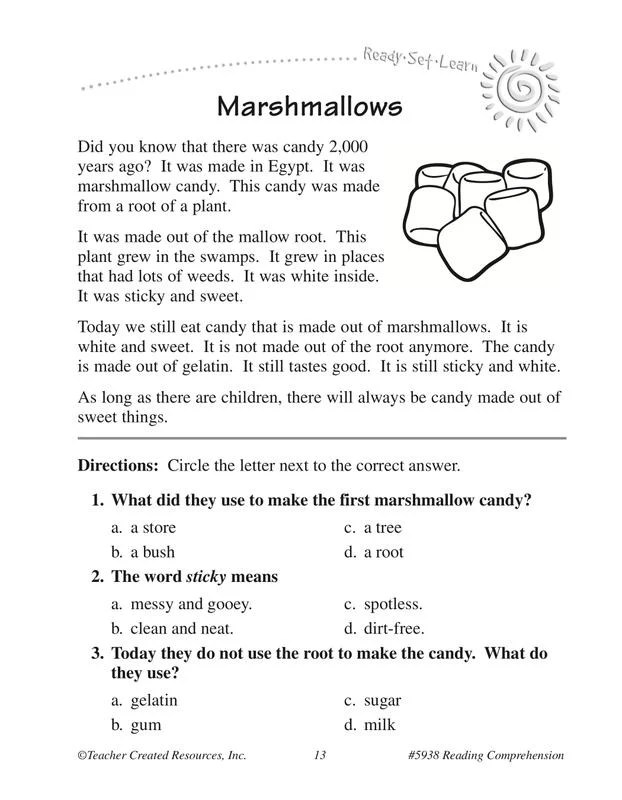 By forming early experiences with books and positive feelings (that’s where you come in!), your child may discover a love of reading.
By forming early experiences with books and positive feelings (that’s where you come in!), your child may discover a love of reading.
Beyond forming a positive relationship with reading, reading readiness also advances social, emotional, physical, and cognitive development.
You can see those skills develop when children learn:
- How to share and take turns while reading
- To understand their role in the world and how stories might relate to them
- How to support their bodies when reading
- To refine fine motor skills used in writing and page-turning
- How to distinguish between letters, shapes, and sounds
Reading readiness is about reading, but it’s also about so much more! That’s what makes it an important part of your child’s learning adventure.
Indicators Of Reading Readiness
These six indicators will help you determine the extent of your child’s reading readiness.
A Desire To Read
Your child is interested in listening to stories and books.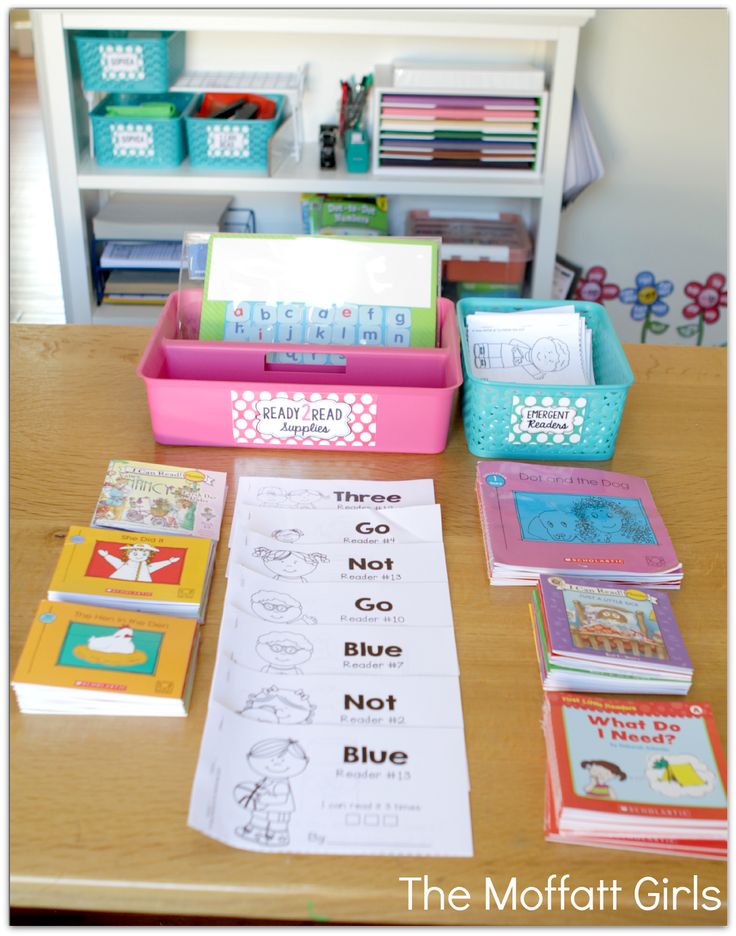 They may ask you to read to them at any point in the day, whether it’s a book, a sign, or a poster they saw on the street.
They may ask you to read to them at any point in the day, whether it’s a book, a sign, or a poster they saw on the street.
They may also make up stories of their own or enthusiastically recount the events of a school day during dinner.
While reading together, they may want to take turns with you and pretend to read a page. They may also memorize the favorite parts of different stories and “read” them with you.
Print And Book Awareness
Print and book awareness deals with a child’s knowledge of handling written text and books. Markers of print and book awareness include a few different elements.
Your child will understand how to hold books and how to turn pages from right to left. They’ll also understand that when reading, the text moves left to right and top to bottom.
They begin to notice that words are separated by spaces, which helps readers understand the beginning and end of a word. They may also notice that there are special symbols on the page: periods, exclamation points, and question marks.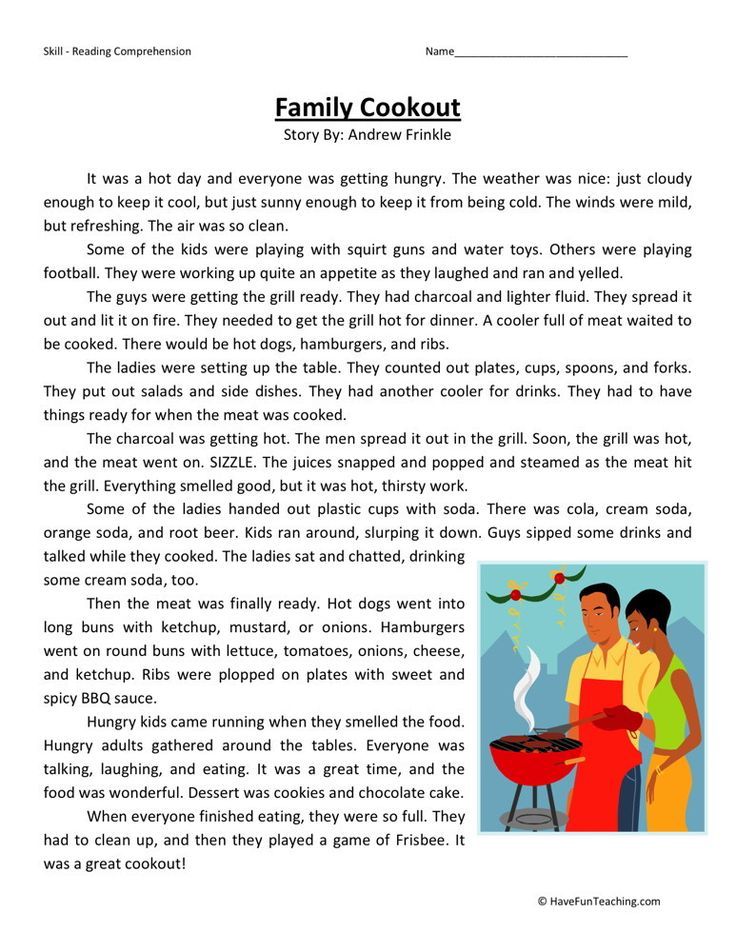
Your child will also understand that text has meaning. Written words have a decipherable pattern that they can learn to read. They can also use clues, like pictures, to understand sentences in a book.
Ideally, your child will also notice print in their environment and might be curious about what these things say.
Ability To Play With Rhyme
To play around with words, your child’s phonics skills should be developed enough to support rhyme and word games.
You can gauge your child’s readiness with this component by playing with them. Singing songs together, playing around with funny rhyme games, and working on their ABCs are all great!
A Firm Grasp On Letter-Sound Correspondence
The relationship between letters and sounds is one your child should be familiar with before launching into the next steps of learning to read. This relationship is what we call letter-sound correspondence.
They will understand that written letters have a matching sound, even if they can’t accurately match them all the time (don’t worry, they’ll get there!).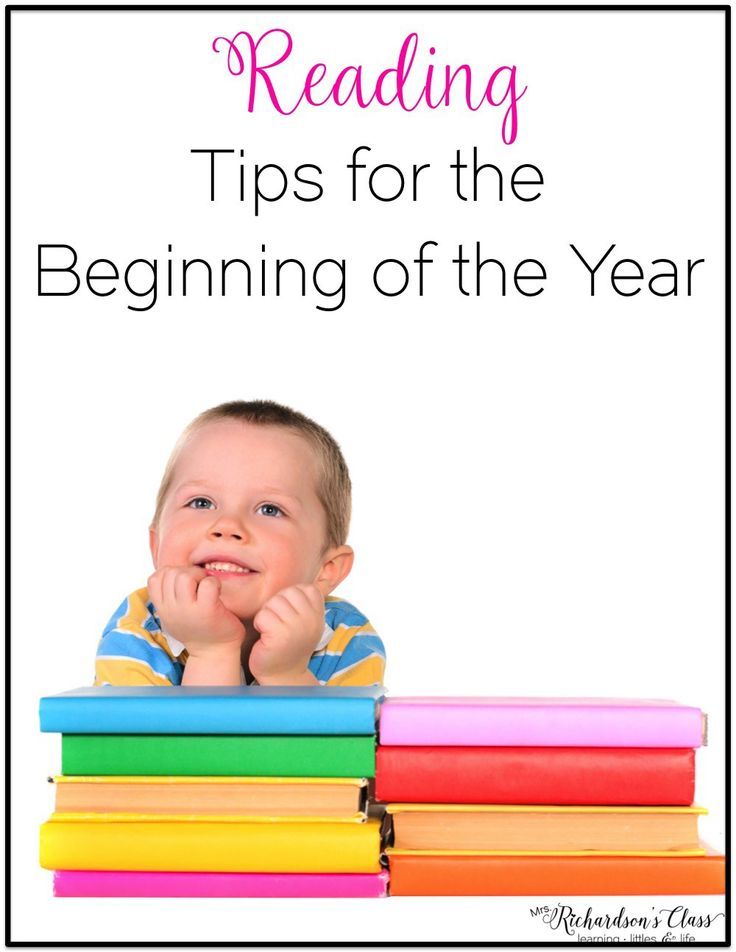 They at least understand the concept of the letter “k,” for example, having an associated sound.
They at least understand the concept of the letter “k,” for example, having an associated sound.
Ability To Retell Stories
After hearing someone tell a story or read a book, your child can talk about the events that happened in the story. They may pinpoint specific characters, feelings, or places — this will give you some insight into which details stuck out to them the most.
Your child might also talk about something they overheard from a classmate or summarize a book they read earlier that day with their teacher.
However it manifests, retelling stories is a great habit for your child to develop and will prepare them for the next step of their reading journey!
Repeating What You Read To Them
Similar to retelling stories, your child will understand how to echo what you read to them. This is an especially effective skill when your child tries to learn new vocabulary.
As your child’s reading readiness skills continue to grow, you can encourage them to echo short sentences back to you.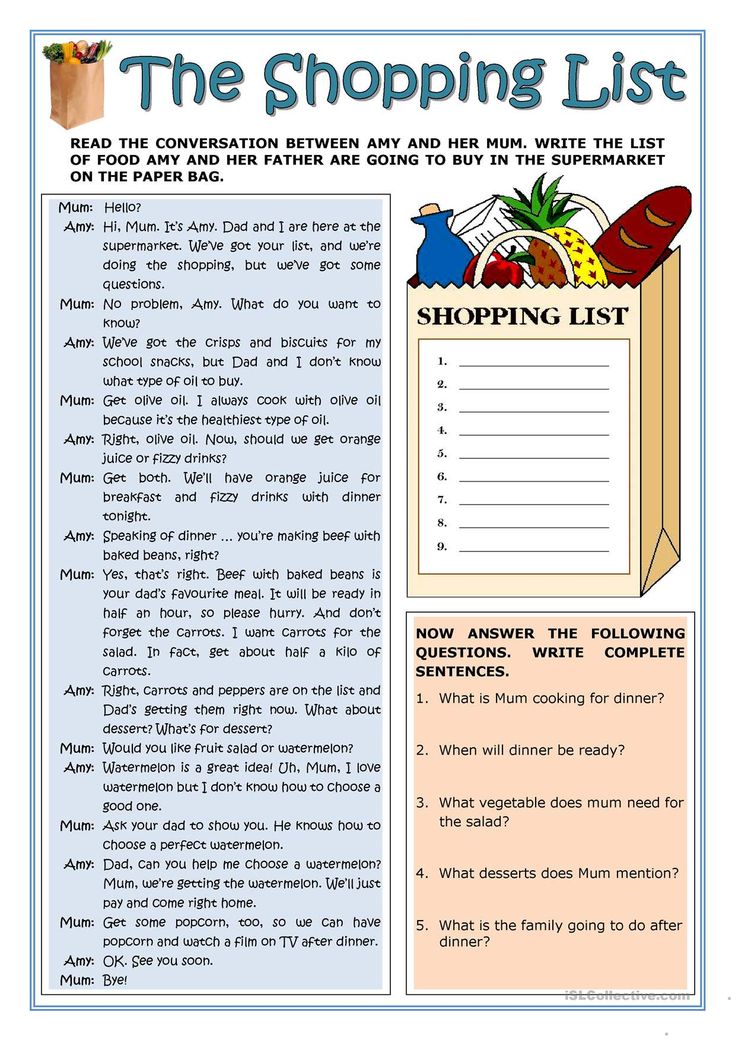 Longer, advanced sentences may be too difficult for them to complete at this point. Keep it simple!
Longer, advanced sentences may be too difficult for them to complete at this point. Keep it simple!
Writing Or Reading Their Name
One of the most exciting skills your child will learn early on in their reading readiness is how to read and write their own name. They’ll be so proud of themselves (and will probably want to write it on everything they own)!
Your child will be able to recognize their name when they read or spot it on an item, like a sheet of paper or a lunch box. They have an idea of how to properly write it as well and can identify at least a couple of correct letters that belong in their name.
For example, if your child’s name is Vivian, they may write out “Vvn” the first few times they give it a go. This is amazing progress! They can identify certain sounds and apply that knowledge to writing their name.
They may also try to write letters in other people’s names or scribble out stories to share their ideas. All of these things demonstrate a developing sense of letter recognition, as well as reading readiness.
Tips For Engaging Reading Readiness
Keep Pressure Low And Encouragement High
Let your child guide you through their learning journey. Don’t be afraid to let them be the captain of their own ship.
Nurturing an interest in reading is a marathon, not a sprint. It may not happen overnight, and that’s OK! The best way to make reading fun and enticing for your child is by keeping stress levels down.
Cherish your reading time together!
Practice Rhyming
Rhyming engages your child’s phonological awareness, an essential skill under the umbrella of their reading readiness. Plus, we could always use another excuse to have a family-friendly sing-a-long!
Read Aloud To Your Child
Reading aloud to your child is the single most important thing you can do to encourage them to want to read by themselves. It helps them stay engaged, hear what fluent reading sounds like, and understand that reading is fun!
Reading aloud doesn’t always have to happen before bed, either.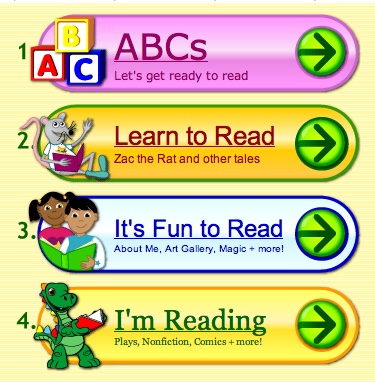 You can read aloud to your child at any time of the day. The more they hear you read, the more they’ll want to learn how to do it themselves!
You can read aloud to your child at any time of the day. The more they hear you read, the more they’ll want to learn how to do it themselves!
This can encourage independence, curiosity, and self-reliance. Not to mention, it’s essential to your child’s reading readiness!
Reread Books Together
Rereading books gives your child a sense of ownership over a book, and rereading favorites will forge a deeper connection between your child and reading and encourage a love of stories.
Rereading is also helpful with the mechanics of reading. Multiple visits to the same book will likely lead your child to pretend to read sections of the book. They may even memorize entire stories, so long as they are short and sweet.
Both of these steps are critical to developing their reading readiness. Before you know it, they’ll be cuddled up on the couch, reading away!
Building Reading Readiness For A Bright Future
There’s no such thing as a “right” way to teach reading.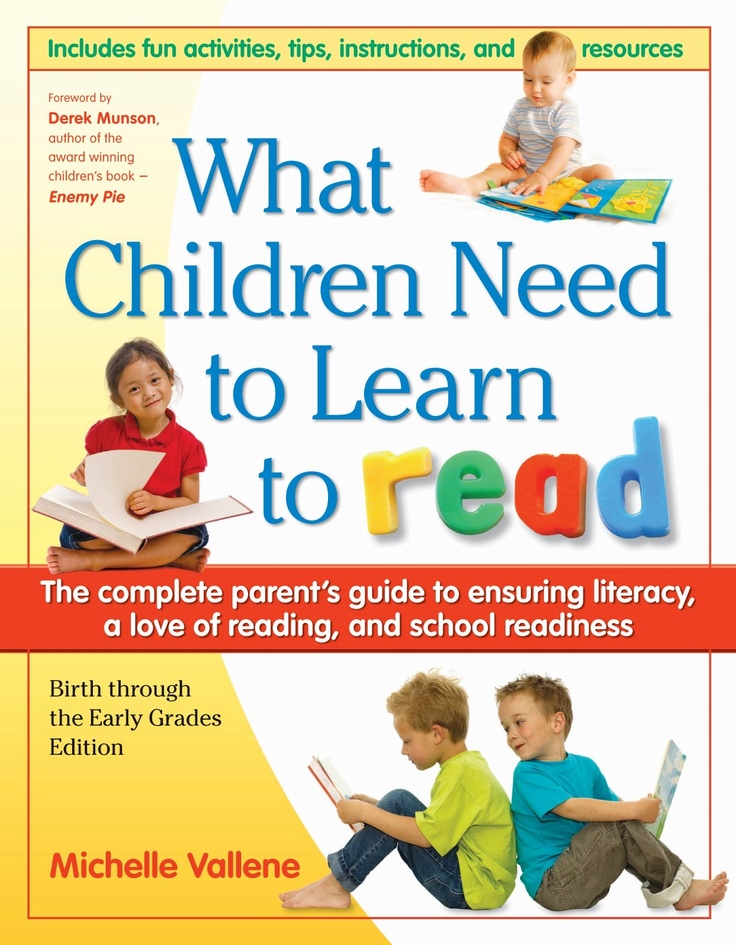 While there are certainly some core concepts to stick to, the power of your child’s reading adventure comes when you both figure out what works best for them.
While there are certainly some core concepts to stick to, the power of your child’s reading adventure comes when you both figure out what works best for them.
If you ever find yourself wanting to change up your routine, look no further than the HOMER Learn & Grow app. It’s thoughtfully designed with your child’s specific interests and needs in mind.
Jam-packed with activities and lessons, our app will help your child get reading ready and prepared for a bright future in no time!
And don’t just take our word for it, read what Honest Brand Reviews has to say about Homer.
Author
The Top 5 Skills + FREE Placement Test
by Marie Rippel
Did you know that there are five skills your child should master before you begin formal reading instruction? Because these reading readiness skills are so important, we call them The Big Five Skills.
Although much of your child’s learning comes naturally as he plays and experiences life, there are some skills, like reading, that must eventually be taught.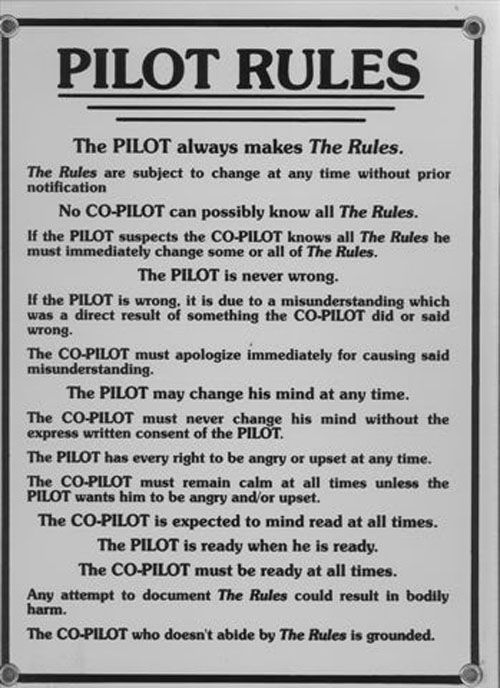 That may feel a little scary, but if you’ve taught your child how to pick up his toys or put on his socks, you can teach your child to read, too!
That may feel a little scary, but if you’ve taught your child how to pick up his toys or put on his socks, you can teach your child to read, too!
In this post, you’ll learn about the skills for reading readiness, and you’ll discover more than twenty fun ways you can help your preschooler or kindergartner develop in these areas. Let’s dig in!
5 Critical Skills for Reading Readiness
Print Awareness
Print awareness is the understanding that the print on a page represents words that have meaning and are related to spoken language.
To develop this skill:
- Help your child learn how to hold a book correctly.
- As you read books together, emphasize the fact that you’re reading from front to back and from left to right. Let your child turn the pages.
- As your child helps you in the kitchen, point out the names on the food boxes and cans and the ingredients as you read your recipe.
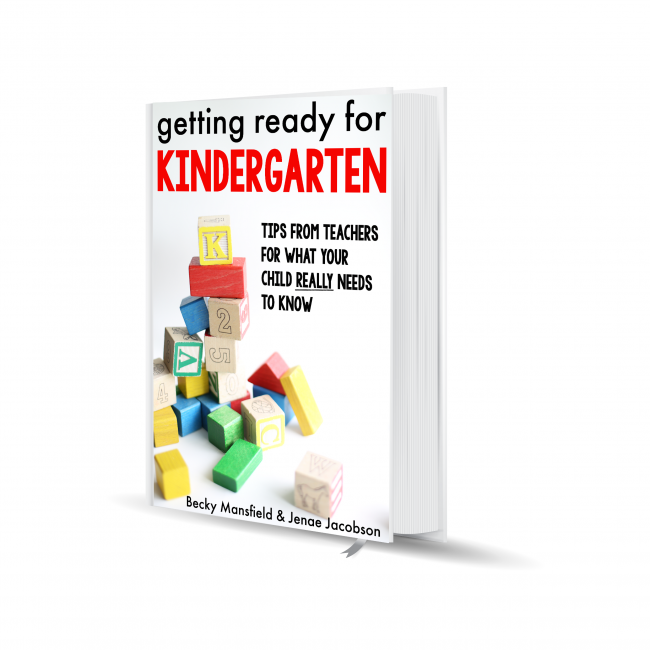
- Point out and read road signs and store signs as you travel in the car.
-
Letter Knowledge
Letter knowledge enables a child to recognize the letters of the alphabet and to know the names and sounds of each.
To develop this skill:
- Sing the alphabet song together. Practice starting at different letters.
- Use activities that help children recognize both uppercase and lowercase letters.
- Begin to encourage an association between letter names and the sounds they make.
- Explore the alphabet with refrigerator magnets.
- Create the alphabet with building blocks or form letters with playdough.
Phonological Awareness
It’s a big term, but it’s really quite basic.
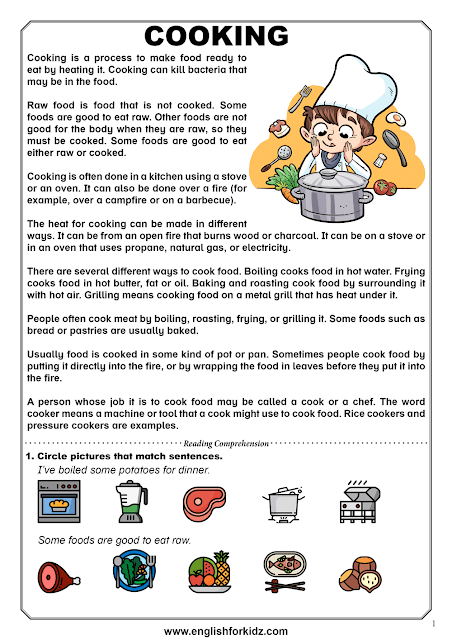 Phonological awareness is the ability to hear and identify the various sounds in spoken words.
Phonological awareness is the ability to hear and identify the various sounds in spoken words. To develop this skill:
- Read lots of nursery rhymes and rhyming picture books together. Encourage your child to anticipate rhyme as you read together.
- Play clapping and rhyming games like Miss Mary Mack and Pat-a-Cake.
- Sing silly songs by changing the first sound in some of the words. For example, sing, “Bingle bells, bingle bells, bingle all the bay,” or “If you’re chappy and you chow it, chap your chands.”
- Play games that encourage children to identify words that begin with a specific letter sound. For example, say, “I spy with my little eye a color that starts with /r/.”
Listening Comprehension
Listening comprehension is the ability to understand the meaning of words heard and to relate to them in some way.
 A child with good listening comprehension has a wide vocabulary and a growing understanding of the world around him.
A child with good listening comprehension has a wide vocabulary and a growing understanding of the world around him. To develop this skill:
- Read aloud to your children daily. Read books that are in line with your child’s interests so he begins to realize that there is a benefit to learning to read.
- Encourage even young children to interact with books.
- Attend story time at the library.
- Let your child see you enjoying books.
- Make read-aloud time an enjoyable shared time. Here are some picture book lists to get you started.
Motivation to Read
Motivation to read is a child’s eagerness and willingness to read.
To encourage your child:
- Read both fiction and nonfiction books to your child.
- As you read, ask open-ended questions.
 For example, ask “What do you think is going to happen when we turn the page?” or “Why did the boy go outside?”
For example, ask “What do you think is going to happen when we turn the page?” or “Why did the boy go outside?” - Use everyday life experiences to build your child’s vocabulary.
- Encourage imaginative play and storytelling.
Determine if Your Child Is Ready to Read
Have you been working to help your child develop these important pre-reading skills? If so, it’s very possible that your child is ready to begin formal reading instruction. But if you’re not sure whether your child is ready, complete this checklist to measure your child’s reading readiness:
After completing this checklist, you’ll be able to identify the pre-reading skills that your child still needs to work on. The All About Reading Pre-reading program makes it easy to fill in the gaps and get your child ready to read. Is your child already ready to read? If so, All About Reading Level 1 is the perfect starting point!
One Final Note
I’m a strong believer in letting kids be kids and not pushing academics too early.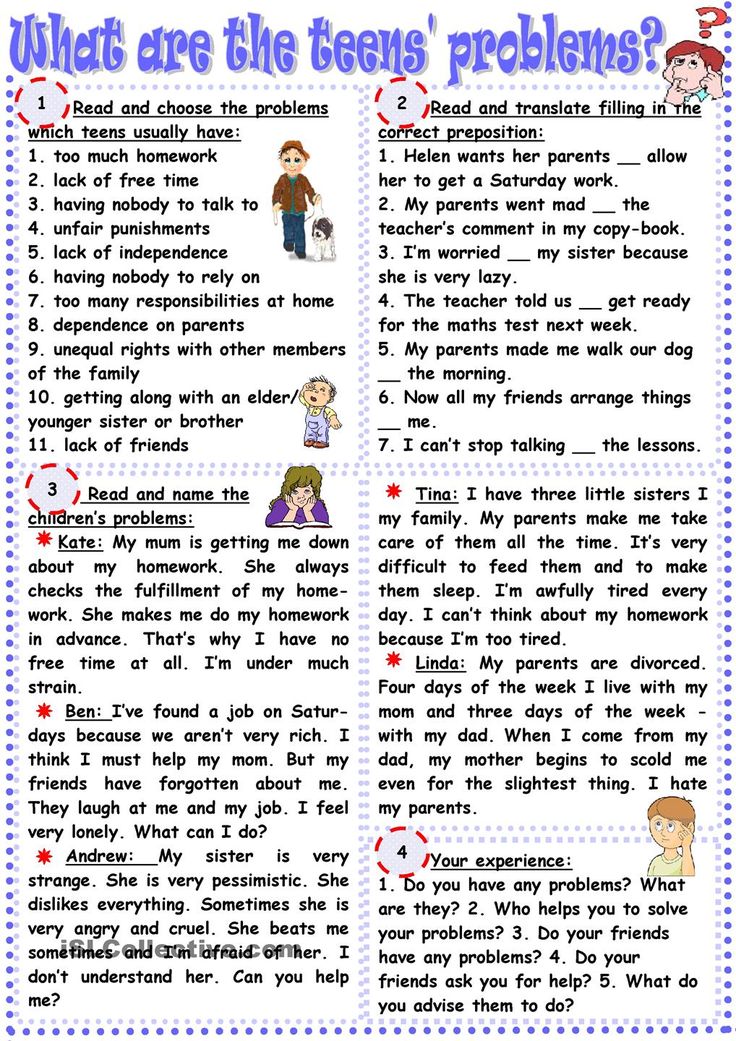 But I also know from extensive experience that most kids don’t develop reading readiness skills on their own. The All About Reading Pre-reading program strikes a good balance. In about 15 minutes per day (depending on your child’s attention span and abilities), this easy-to-use curriculum helps children develop all five of the Big Five Skills. The program includes crafts, rhyming and word games, alphabet charts, and lots of playful activities. And if you’ve never met Ziggy, you’re in for a treat!
But I also know from extensive experience that most kids don’t develop reading readiness skills on their own. The All About Reading Pre-reading program strikes a good balance. In about 15 minutes per day (depending on your child’s attention span and abilities), this easy-to-use curriculum helps children develop all five of the Big Five Skills. The program includes crafts, rhyming and word games, alphabet charts, and lots of playful activities. And if you’ve never met Ziggy, you’re in for a treat!
The majority of a young child’s day should be filled with play, real-life activities, and physical exploration. Add in just a touch of daily intentional instruction in these five reading readiness areas, and your child will have a huge advantage when it comes time to read.
Do you have questions about reading readiness? Post in the comments below or contact us!
Photo credit: Rachel Neumann
Determine readiness for reading in a child
Published updated
Content
- 5 Signs to determine the readiness to read your child
- Understanding the existence of the printed word
- Knowledge of letters corresponding to sounds
- Development of phonemic hearing
- Developed listening ability
- Motivation to read
How to determine readiness for reading in a child — 5 main signs that it is time to learn to read, and their detailed disclosure, how and what skills to develop for readiness for reading a child.
Did you know that your child needs to learn certain skills before you start formal reading instruction? It is very important to get reading readiness skills before starting training. nine0003
While most of your child's learning happens naturally and through play, there are some skills, such as reading , that need to be specifically trained and taught in one way or another.
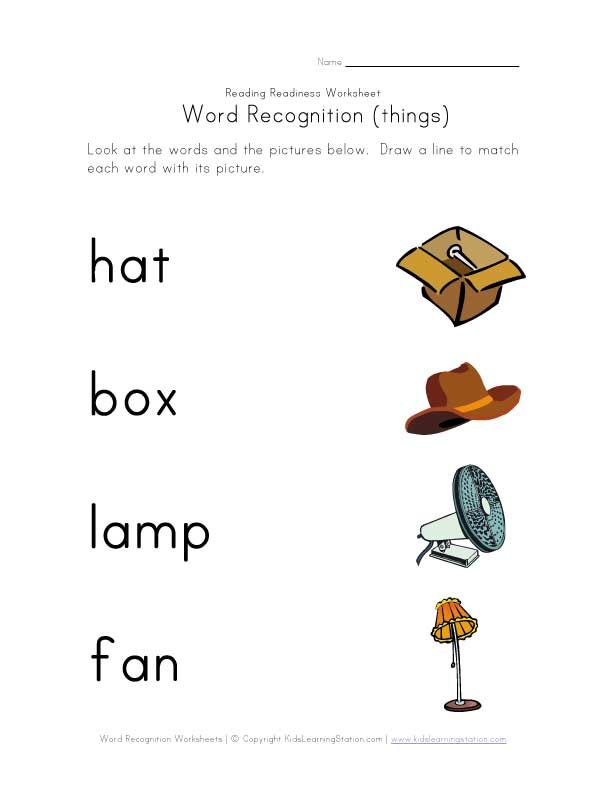
This might seem a bit scary. But if you've taught your child how to put away toys or put on pantyhose, you can teach him to read too!
In this post, you will learn about the skills that fully mastering means readiness for your child to learn to read. nine0003
Understanding the existence of the printed word
This is the understanding that the letters on the page are not abstract black bugs, they are words that have meaning and are relevant to spoken language.
To develop this skill:
- Help your child learn how to hold a book correctly.
- When you read books together, emphasize the fact that you read from top to bottom and from left to right. Have the child turn the pages. nine0016
- While your child is helping you in the kitchen, list the names on the food boxes and jars and the ingredients when you read the recipe.
A set of tasks, templates, manuals, recommendations for preparing a child for the 1st grade at home.
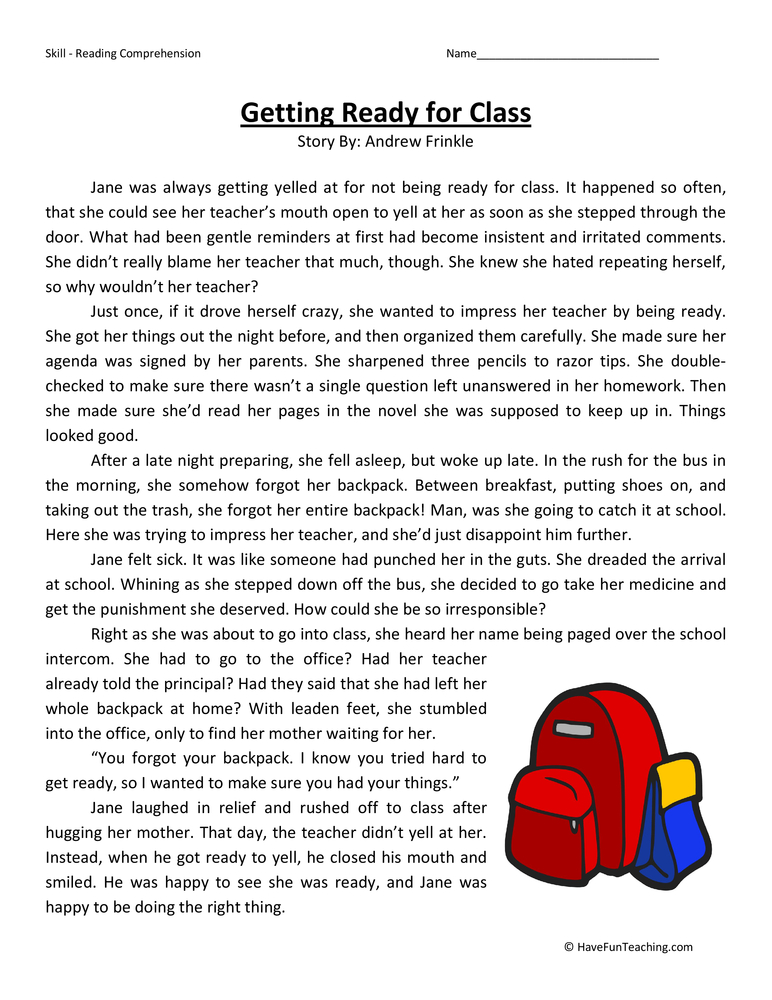
Knowing the letters corresponding to the sounds
Knowing the letters allows the child to recognize the letters of the alphabet and know what sounds they stand for.
To easily develop this skill:
- sing alphabet songs together,
- try to learn exactly the sounds and the symbol corresponding to them, without touching the names of the letters yet,
- buy a magnetic alphabet for the refrigerator,
- use other alphabet toys.
Development of phonemic hearing
Phonemic hearing is the ability to hear and identify different sounds in spoken words.
To develop this skill:
- read lots of nursery rhymes and rhyming picture books together,
- encourage the child to match words with rhymes,
- play speech therapy games, for example, determine whether a certain sound is heard at the beginning, at the end or in the middle of a word,
- play word games.
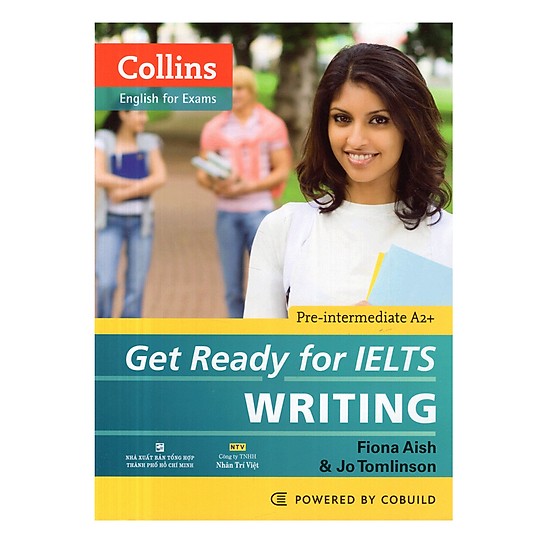
Developed listening ability
In this context, listening is the ability to understand the meaning of words heard and respond to the information received. A child with good listening skills has a large vocabulary and a growing understanding of the world around him. nine0050
To develop this skill:
- Read aloud to your children daily. Read books that match your child's interests and he will learn that being able to read is good for him.
- encourage the child's cognitive activity,
- include audio fairy tales and audio programs.
Motivation for reading
Readiness for reading anticipates the child's desire to read independently. And, perhaps, this is a defining feature, unless the child is 8 years old, and he does not dream of just watching cartoons all day long. nine0050
To encourage your child:
- read both fiction and children's non-fiction to your child,
- buy children's periodicals - they are bright and have a lot of short interesting materials.

It is very important to allow children to be children and not to pressurize development and learning too early. But it is certain that most children do not develop reading readiness skills on their own.
Help your children. Preparing to learn to read is enough 15 minutes a day . The time depends on the concentration and ability of your child.
Read every day before bed together, play word games on the way to kindergarten and educational games, play rhymes, do simple crafts, develop motor skills. And that will be enough until school. So you will provide the child with a full-fledged preschool development corresponding to his age.
Much of a young child's day should be filled with play and real physical exploration of the world around. Add a dash of daily activities and your child will get a huge takes advantage of when it's time to read.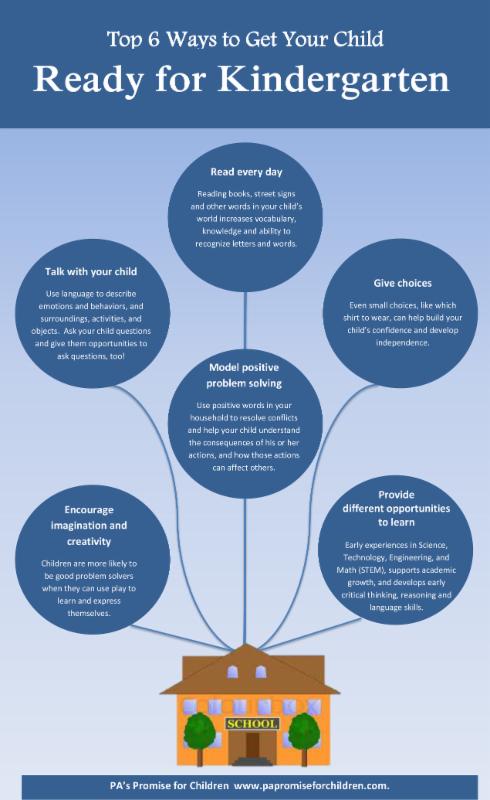
Education for Children Books Preparation for school Child development Learning to read
How ready is your child to learn to read? Scientific and practical journal ISSN 1997-9657 nine0003 Subscribe №7 2013 — Sinitsyna Irina Yurievna - Pedagogical workshop The article discusses the questions: “Where to start learning to read? How to make sure that the child succeeds, so that he learns with pleasure? What are the stages of the learning process? How to build classes so that the child does not flatly refuse them, and moreover, at our very first attempts to teach him to read? According to the author, those children with whom they are taught incorrectly refuse to study, not taking into account their individual characteristics, not understanding their difficulties, skipping the necessary steps for them, offending the kids with references to the experience of teaching other children. Preparatory stage of learning to read So, we tested and determined how ready the child is for learning to read. Let's imagine the most difficult variant: the kid didn't cope with any task. It is obvious to us: the preparatory stage of training must be thorough. Our tasks: 1. Development of the ability to hear the first and last sounds in a word. nine0171 2. Development of the ability to connect by ear a word spoken in parts. We have developed games that will help not only to complete these tasks, but to do it naturally, creatively, with the benefit of the development of the child's personality. Near the name of each game there is a number (1, 2 or 3) indicating the task this game is aimed at solving. The first games are addressed to those children who do not know letters and do not distinguish even the first sound in a word. This is a kind of "bridge" to the solution of both problems. How are games organized? nine0003 1. Letters are taken denoting such sounds that can be extended and thus clearly distinguished. 2. Pictures are given that are similar in shape to these letters, and they depict objects or characters that begin with these letters and, most importantly, are capable of producing these sounds. 3. A sufficiently large number of other words are offered, from which the child will need to choose suitable ones that begin with these sounds, and weed out unnecessary ones.
Included in the list of the Higher Attestation Commission under the Ministry of Education and Science of the Russian Federation
It is shown that it is important for a child to be ready to learn to read. If it is not ready yet, a preparatory stage is necessary, the duration of which is individual (from 2-3 days to 2-3 months). And an adult should also be ready to work with a child. It is noted that otherwise, the preparatory stage is also needed for an adult, and no less than a child. The author's game method for determining the child's readiness for learning to read is proposed. nine0003

3. Acquaintance with letters. 